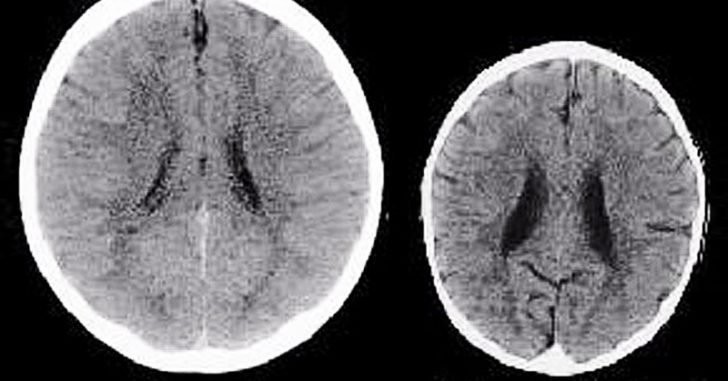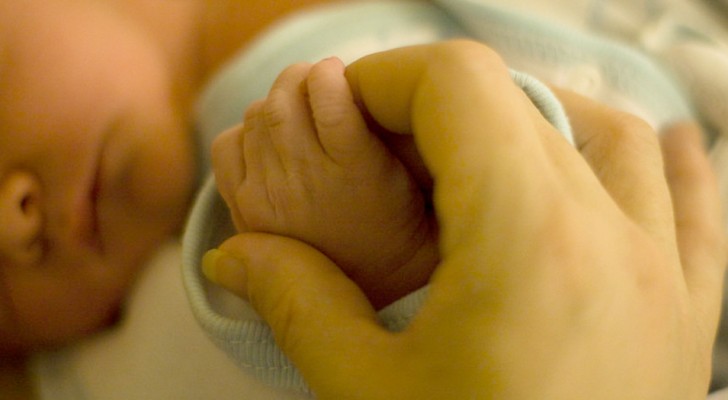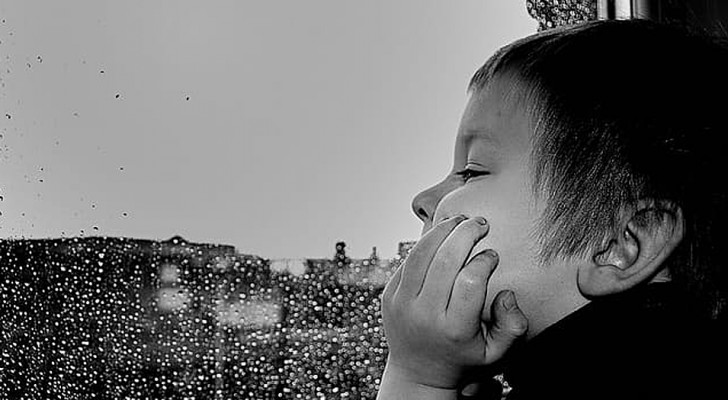The comparison between the brains of two 3-year-old children makes us understand why it is important to surround children with love

Yes, the first years of a child's life are fundamental to a child's subsequent physical growth, but above all for the child's mental and cognitive development.
What parents should never let their young child lack for, in this delicate phase of their life, are not only the care of the child's body, or the proper stimuli for their interests, but most of all the parents' actual physical presence and affection.
Therefore, warm emotional affection should never be missing because without this the growth of a child's brain is seriously compromised, by the negative effects until adulthood. Let's see in detail what it is and how to avoid it.
via dailymail.co.uk

Professor Bruce D Perry
The image above shows the brains of two 3-year-old children and the difference between them is due to emotional trauma. The right brain - smaller and with dark and blurry spots - belongs to a child who is a victim of neglect.
Many studies have shown how neglected babies in the first years of life experience impairments of their brain's stress coping systems, as well as their general health. When there is no stable physical and emotional contact on the part of a parent - or a "primary caregiver" - as well as the absence of spontaneous interactions with peers, a child's brain development in the areas of personal care, abilities, and cognitive functions, will be compromised forever.
The stress resulting from this neglect, in fact, leads to poor brain growth and the underdevelopment of brain areas responsible for intelligence. In fact, abandoned children will, therefore, be more likely to fail at school and at work, as well as to develop harmful addictions and violent behaviors.
In addition, this negligence indicates particular conditions and lifestyles of the environment surrounding the child such as living in an orphanage or foster care, but also situations of poverty, both economic and educational. In fact, other studies have shown that children whose mothers have a very low income, a low level of education, more than one child, and who also manifest depressive symptoms --- are at greater risk.

In these cases, the solution includes an intervention in support of the mother, aimed at teaching her how to take care of her newborn child. These social services are called "Early Intervention Programs" and, have been adopted in the USA and the United Kingdom, where they have shown some success - but also numerous deficiencies.
Furthermore, in order for a child to develop in a healthy way, one should also pay attention to other elements:
- Do not gain too much weight during pregnancy: The volume of an infant's brain is related to their birth weight, so if the mother puts on the right amount of weight the baby will also do the same in the mother's womb;
- Establish a healthy diet: In the first few years of a child's life, its diet should be rich in iron, magnesium and fatty acids;
- Free play: The opportunity for children to play freely, reduces stress and contributes to the cognitive, social, physical, and emotional well-being of the child.
Having said that, remember however that love comes first of all because, without it, we would be lost --- from infancy.





